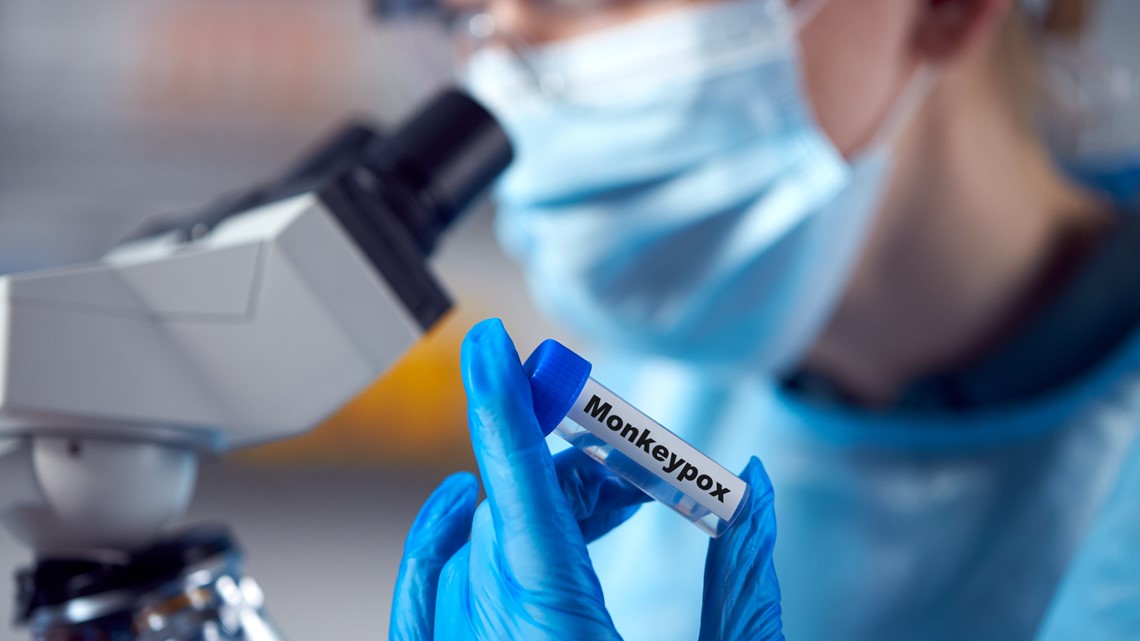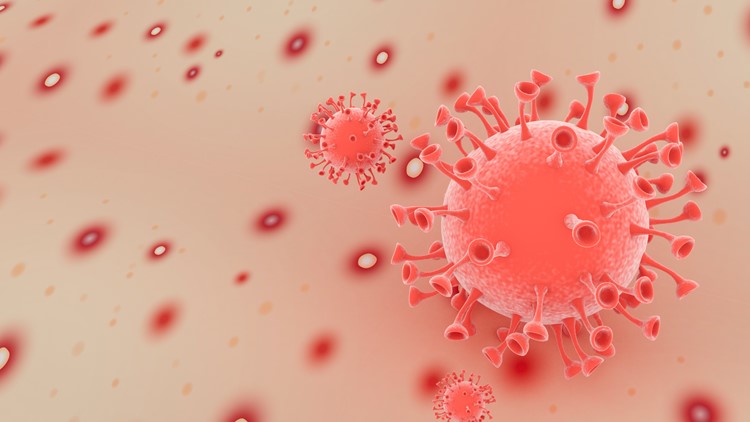ARIZONA, USA — Arizona has still only seen one case of monkeypox, according to state health officials.
The individual who tested positive on June 7 is a man in his late 30s who is recovering, according to the Arizona Emergency Information Network (AZEIN). The investigation is still ongoing.
12 News reached out to the Maricopa County Department of Public Health (MCDPH) and the Arizona Department of Health Services (AZDHS). Neither had any new information.
"It is important to remember that Monkeypox remains a rare disease here in the United States and in Maricopa County," said Dr. Rebecca Sunenshine, a medical director for disease control at MCDPH.


Monkeypox is similar to smallpox, but not related to chickenpox, according to the Science family of journals.
Monkeypox was first discovered in 1958 when two outbreaks occurred.
The name of the virus got its origin from a colony of Asian monkeys in a Copenhagen, Denmark, laboratory in 1958. However, the virus has been isolated and found to be from a wild monkey once in Africa.
Monkeypox is most common in 10 countries located in West and Central Africa. This year, Cameron, Nigeria, and the Central African Republic (CAR) confirmed dozens of cases. Yet, the Democratic Republic of the Congo (DRC) continues to have the highest number of cases with 1284 in 2022.
The first symptom of monkeypox starts with a fever, which may lead to headache, muscle aches, swollen lymph nodes, chills and exhaustion.
Pimples or blisters appearing on your face, chest, hands, inside of your mouth, feet and a rash are also considered symptoms, the Centers for Disease Control (CDC) said. The rash goes through multiple changes and can take multiple weeks to heal.
Everyone is different. People sometimes start with a rash, which is followed by other symptoms. Others, however, may only experience a rash.
Monkeypox can spread from the start of the symptom to a fresh layer of skin from rash. The virus spreads through close contact from direct touching of the rash, scabs, or body fluids, face-to-face contact or during intimate physical contact.
"Monkeypox can spread through contact with lesions, scabs, and bodily fluids, so we encourage anyone who develops fever or swollen lymph nodes with a rash to consult a healthcare provider for testing," Dr. Sunenshine said.
The illness lasts between two and four weeks, and can recover without treatment.
There are two licensed vaccines called ACAM200 and JYENNEOS in the United States to prevent smallpox. According to the CDC, the smallpox vaccine is at least 85% effective against the monkeypox virus.
To prevent monkeypox, avoid touching any type of rash or skin lesion on someone else and wash your hands after physical touch with someone, wearing a mask while in crowded indoor areas and staying home if you’re sick with fever or respiratory symptoms are other ways to prevent the spread of monkeypox.
"It is important to note that monkeypox is highly controllable through simple precautions," said Don Herrington, ADHS interim director.
For more information about symptoms or vaccines, visit this CDC webpage.



